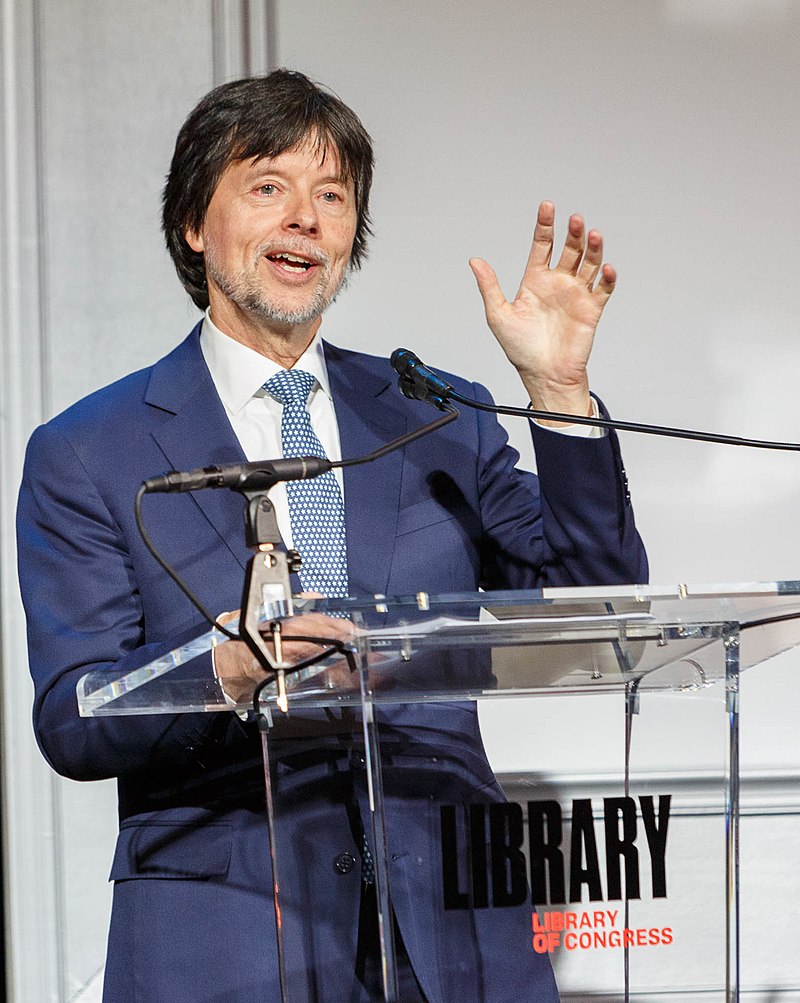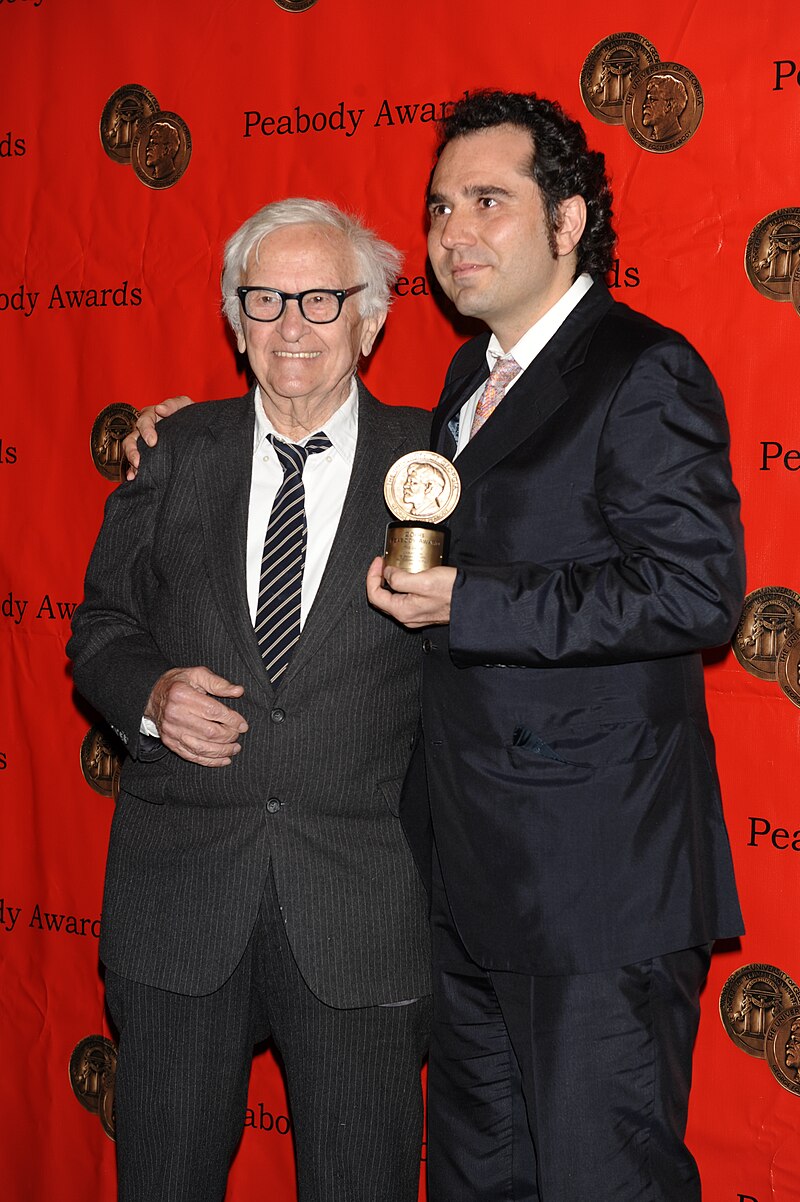Truth on Screen: Notable Documentaries of the 1960s and Their Impact

The 1960s revolutionized documentary filmmaking through cinéma vérité, where you'll find raw, unscripted moments captured with lightweight cameras and innovative sound equipment. Groundbreaking films like "Primary" and "In the Year of the Pig" challenged mainstream narratives, while music documentaries like "Monterey Pop" preserved cultural watersheds. You'll uncover how these pioneers used new technologies and fearless storytelling techniques to redefine truth on screen, forever changing how we witness reality.
The Birth of Cinéma Vérité Movement
The 1960s ushered in a revolutionary shift in documentary filmmaking with the emergence of cinéma vérité. You'll find that this novel movement, also known as Direct Cinema, transformed how filmmakers captured reality through unscripted, observational techniques and lightweight camera equipment.
Films like "Primary" (1960) showcased the power of this new approach, bringing viewers unparalleled access to the presidential campaign process. "The Savage Eye" and "The Connection" pushed cinéma vérité's boundaries even further by experimenting with the intersection of documentary and fiction.
Meanwhile, "In the Year of the Pig" demonstrated how the movement's techniques could illuminate complex political issues like the Vietnam War. These pioneering works established cinéma vérité as more than just a style - it became a powerful tool for revealing unfiltered truth through the camera lens.
This new approach marked a significant departure from the Disney True-Life Adventure style that had dominated the 1950s documentary landscape.
Groundbreaking Technical Innovations
Technological leaps in the 1960s altered documentary filmmaking forever. You'll find that new lightweight 16mm cameras and portable sound equipment revolutionized how filmmakers captured reality, allowing them to get closer to their subjects than ever before. They'd move freely through scenes, creating intimate moments that defined the cinéma vérité style.
The era's technical innovations went far beyond mobility. You can see how zoom lenses revolutionized visual storytelling, while sophisticated sound mixing techniques blended ambient noise with dialogue to create rich auditory backdrops. Time-lapse photography, later perfected by documentarians like Ken Burns, opened up possibilities for showing gradual changes over time. These tools gave filmmakers unparalleled creative freedom, letting them craft more immersive and emotionally resonant documentaries that brought viewers directly into the action.
The introduction of Foley artistry during post-production helped documentarians enhance authenticity by recreating and perfecting real-world sounds that might have been missed or imperfectly captured during filming.

Political and Social Commentary in 1960s Documentaries
While filmmaking had always engaged with social issues, documentaries of the 1960s emerged as powerful vehicles for political dissent and cultural critique. Films like "Primary" and "In the Year of the Pig" challenged mainstream narratives about politics and the Vietnam War, giving viewers unparalleled access to raw, unfiltered reality.
The New Wave of documentary filmmaking tackled controversial subjects head-on. "The Savage Eye" exposed the underbelly of 1950s Los Angeles, while "The Connection" pushed boundaries between fact and fiction. These films emerged alongside the Civil Rights movement, capturing protests and social upheaval that defined the era. You'll notice how these documentaries didn't just record history - they helped shape public opinion. From jazz festivals to anti-war demonstrations, they provided a platform for voices that mainstream media often overlooked. Much like The Hurt Locker's groundbreaking achievement as the first female-directed Best Picture winner, these documentaries challenged traditional perspectives and broke new ground in filmmaking.
Musical Documentation and Concert Films
Music emerged as a driving force behind some of the decade's most influential documentaries, capturing both the artistic evolution and cultural revolution of the 1960s. Building on the seminal documentary production of "Jazz on a Summer's Day," filmmakers revolutionized concert films through innovative techniques and intimate artist portrayals.
D.A. Pennebaker's "Monterey Pop" showcasing watershed performances that defined a generation, while the Maysles brothers' "Gimme Shelter" revealed the darker undertones of the era's musical movement. These films didn't just record performances; they captured pivotal cultural moments.
The impact of this era's concert films continues to influence modern documentaries, as seen in recent works like "Summer of Soul" and "The Wrecking Crew," which uncover hidden musical histories and celebrate the unsung heroes behind the decade's iconic sound.
War and Peace: Vietnam Era Chronicles
During the turbulent 1960s, documentaries served as powerful witnesses to America's most controversial war and its devastating impact on society. While Robert Drew's cinéma vérité style influenced many filmmakers, it was documentaries like "In the Year of the Pig" (1968) that brought the Vietnam War's harsh realities into American homes.
You'll find that these films didn't shy away from confronting difficult truths, as evidenced in "The Fog of War," where Robert McNamara later revealed the Gulf of Tonkin incident's questionable nature. The impact of the war sparked revolutionary movements, documented in "The Weather Underground," while more recent works like Ken Burns and Lynn Novick's "The Vietnam War" continue to examine this complex period.
These documentaries remain essential historical records, offering intimate standpoints on a defining moment in American history.
Cultural Revolution Through the Lens
As social upheaval swept across America in the 1960s, a new wave of documentary filmmakers captured the era's radical change through innovative techniques and unflinching standpoints. From the gritty streets of New York City to the heart of counterculture movements, these pioneers wielded lightweight 16mm cameras to document society's transformation with unparalleled intimacy.
Films like "The Savage Eye" challenged conventional storytelling by merging reality with artistic expression, while other documentary works brought marginalized voices to mainstream attention. You'll notice how these filmmakers didn't just record history—they shaped it. Through advanced sound recording and handheld cinematography, they created an immediate, visceral connection between viewers and subjects. Their work surpassed mere observation, becoming powerful tools for social awareness and cultural change that continue to influence modern documentary techniques.
Notable Filmmakers and Their Contributions
Pioneering documentarians of the 1960s revolutionized filmmaking through innovative techniques and fearless storytelling. Albert and David Maysles, collaborating with Charlotte Zwerin, pushed the boundaries of American documentary with films like Salesman and Gimme Shelter, challenging viewers' perceptions of reality and fiction.
D.A. Pennebaker's signature cinéma vérité style brought audiences unparalleled intimacy through handheld cameras in Don't Look Back and Monterey Pop. Frederick Wiseman exposed institutional life with his unobtrusive approach in High School and Hospital, while Emile de Antonio tackled the Vietnam War head-on in In the Year of the Pig. You'll find Shirley Clarke's The Connection particularly unconventional, as it merged documentary and fictional elements while defying censorship. These filmmakers reshaped documentary storytelling by capturing raw, unscripted moments that continue to influence modern documentarians.

Evolution of Documentary Storytelling Methods
The 1960s marked a pioneering shift in documentary storytelling that built upon the innovative work of these influential filmmakers. You'll notice how the introduction of lightweight 16mm cameras and synchronized sound equipment altered the way documentarians captured reality, moving away from traditional methods that relied heavily on archival footage and staged scenes.
When you look back at this era, you'll see how filmmakers adopted a more immediate and raw aesthetic. They employed handheld cameras, zoom lenses, and time-lapse photography to create intimate portraits of their subjects. The integration of synchronized sound and custom musical scores added unparalleled emotional depth to these films.
Perhaps most significantly, documentaries like "The Connection" challenged the boundaries between fact and fiction, introducing meta-narratives that would influence documentary storytelling for decades to come.
The Legacy of 1960s Documentary Cinema
Documentary cinema emerged from the 1960s with an enduring legacy that altered how we comprehend and construct non-fiction films. You'll find the era's influence in today's most celebrated documentaries, many of which have earned Academy Award nominations and Film Festival acclaim by employing techniques pioneered during this groundbreaking decade.
The revolutionary approaches of direct cinema and cinéma vérité continue to shape modern documentary storytelling, while the technical innovations of lightweight cameras and synchronized sound recording have become industry standards. You can trace the DNA of 1960s documentary filmmaking in contemporary works that fearlessly tackle controversial subjects and blend fictional elements with factual reporting. The decade's commitment to capturing unfiltered reality and amplifying marginalized voices remains a blueprint for filmmakers who aim to document truth in an increasingly complex world.
Peabody Awards, Al Maysles and Antonio Ferrera, May 2009 (1), CC BY 2.0




